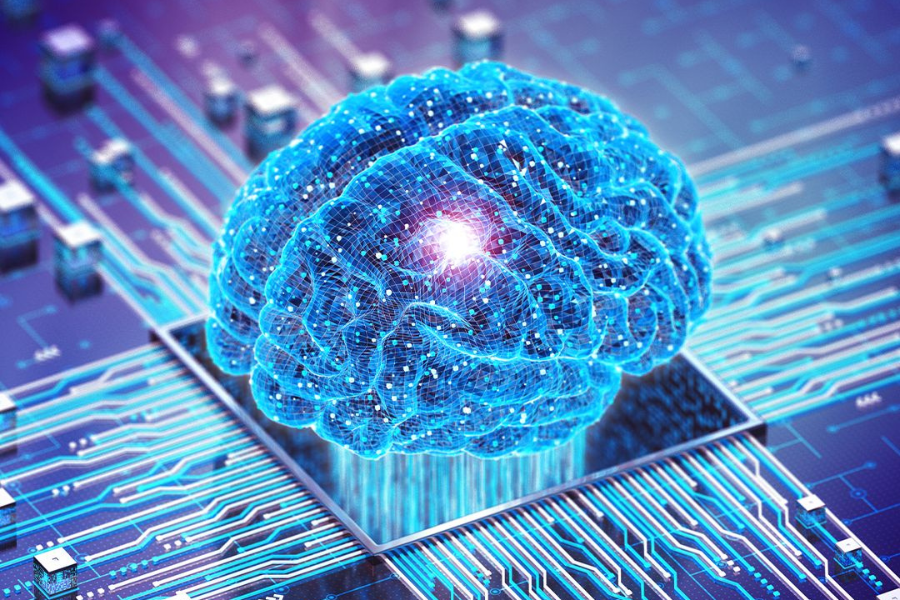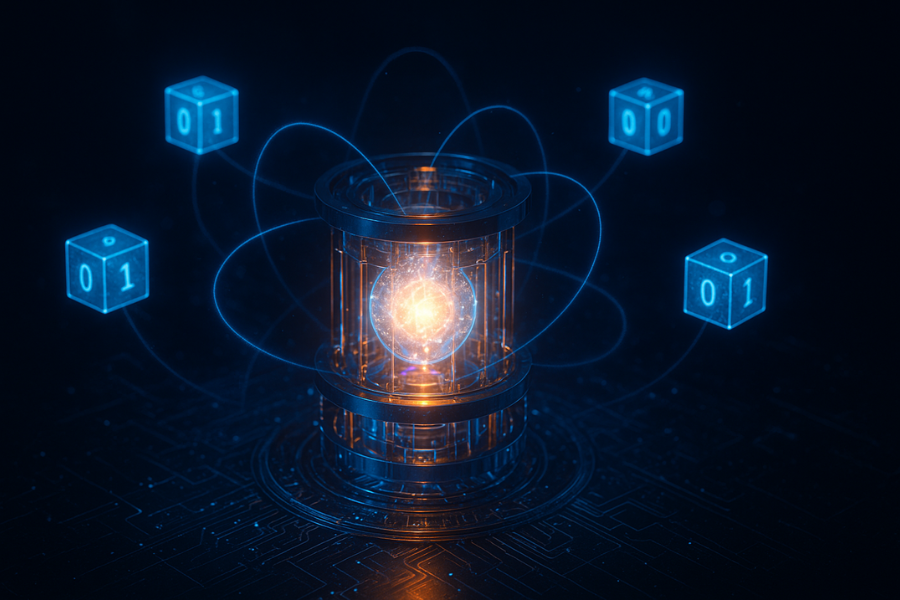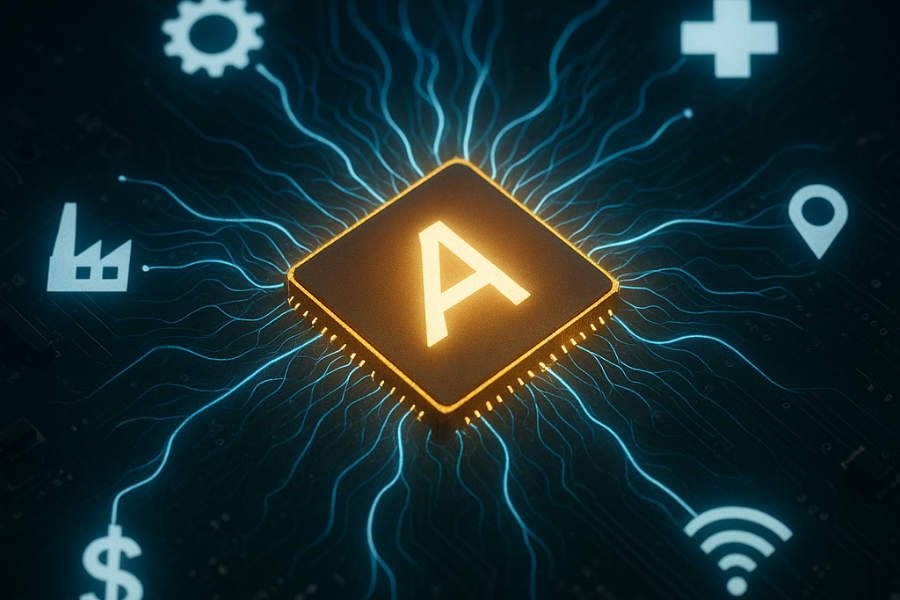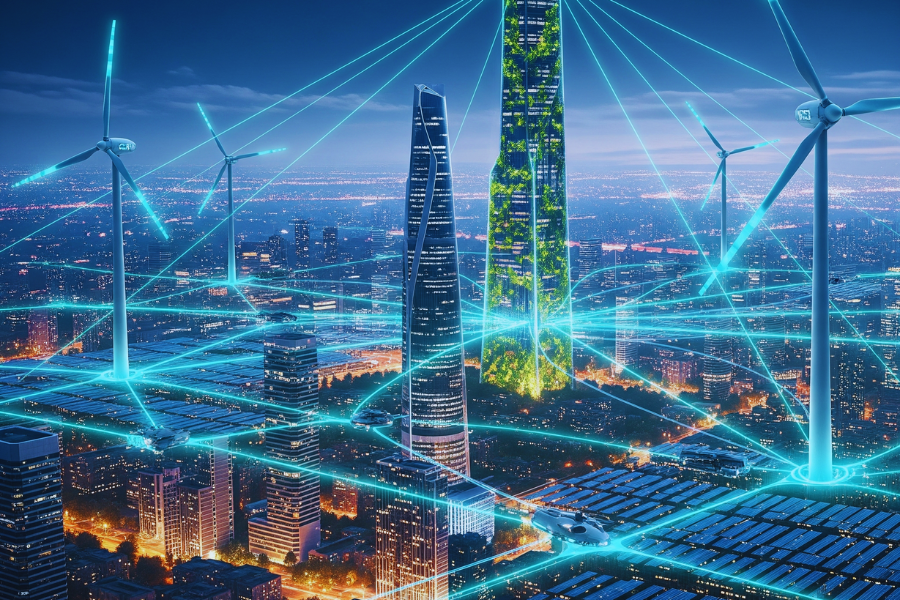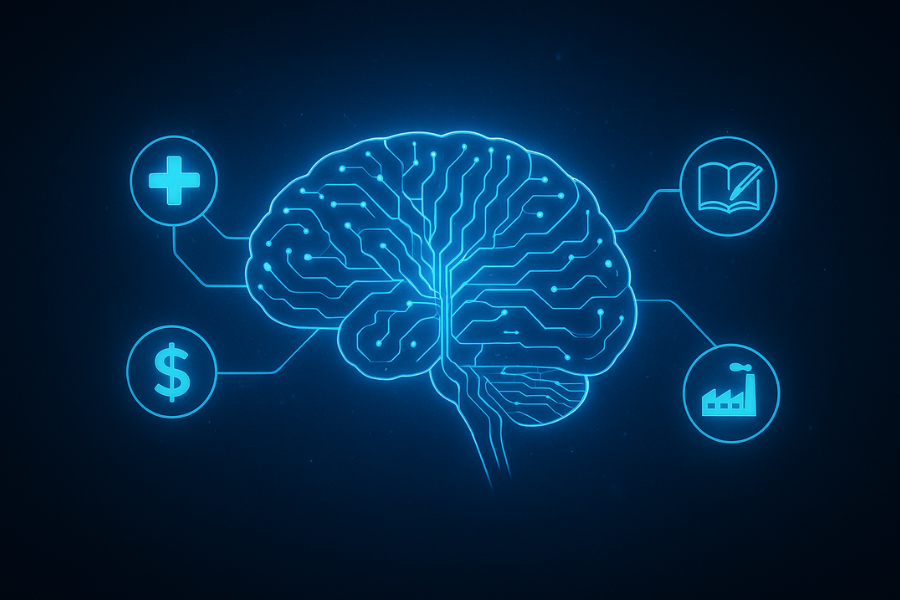Introduction
As the world accelerates toward a clean energy transition, power grids are under unprecedented pressure. Unlike traditional fossil fuel plants, renewable energy sources—such as solar and wind—are variable and unpredictable. They produce energy only when the sun shines or the wind blows. This creates challenges for grid operators who must balance supply and demand in real time while maintaining stability and reliability.
Enter the AI-enhanced smart grid. By combining advanced analytics, IoT devices, and machine learning, smart grids are transforming the way we produce, distribute, and consume energy. They stretch efficiency across the entire system, reduce waste, and ensure renewable power is seamlessly integrated into national infrastructures.
What is a Smart Grid?
A smart grid is an intelligent, digitally connected energy system that uses sensors, communication networks, and AI algorithms to monitor and optimize electricity flow. Unlike traditional grids, which operate on one-way energy distribution, smart grids allow for two-way communication—where households, businesses, and even electric vehicles can produce and feed energy back into the system.
This adaptability makes smart grids essential to scaling renewable energy and reducing carbon footprints.
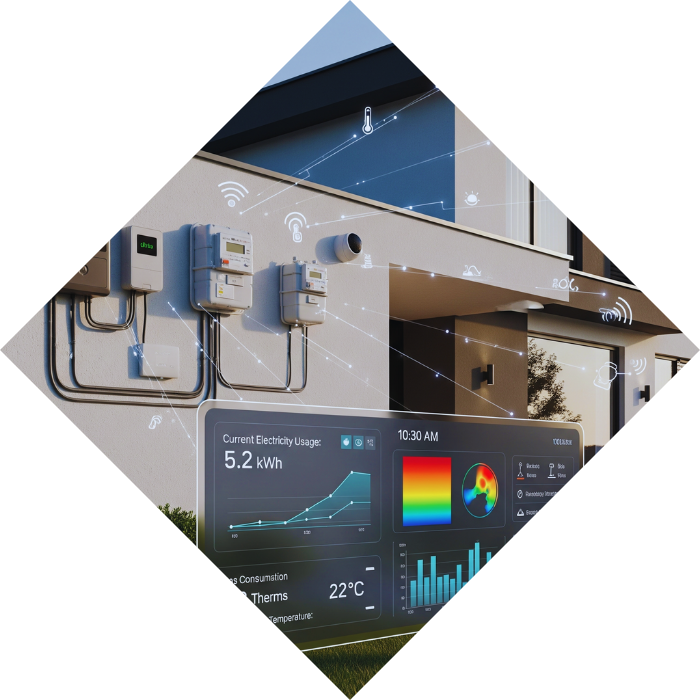
The Role of AI in Grid Management
AI brings predictive power and automation to smart grids. Some of the most impactful applications include:
Load Forecasting
AI models analyze historical demand patterns, weather data, and seasonal trends to predict electricity usage. This ensures that the grid is ready to handle peak loads without blackouts.
Renewable Integration
AI helps balance fluctuations in solar and wind power by forecasting output and dynamically adjusting distribution.Fault Detection & Maintenance
Using computer vision and IoT sensors, AI can detect equipment failures before they occur, enabling predictive maintenance and minimizing downtime.Dynamic Pricing
Algorithms adjust electricity prices in real time based on supply-demand balance, encouraging consumers to use energy during off-peak hours and easing strain on the grid.Decentralized Energy Trading
AI enables microgrids and blockchain-based peer-to-peer energy exchanges, allowing households with solar panels to sell excess power back to neighbors or the main grid.
Case Studies: AI in Renewable Grids
China’s AI-Powered Grid
China has invested heavily in AI-enhanced energy systems. The State Grid Corporation is deploying smart meters and AI platforms to optimize renewable integration, especially in regions where wind and solar farms contribute a growing share of power.
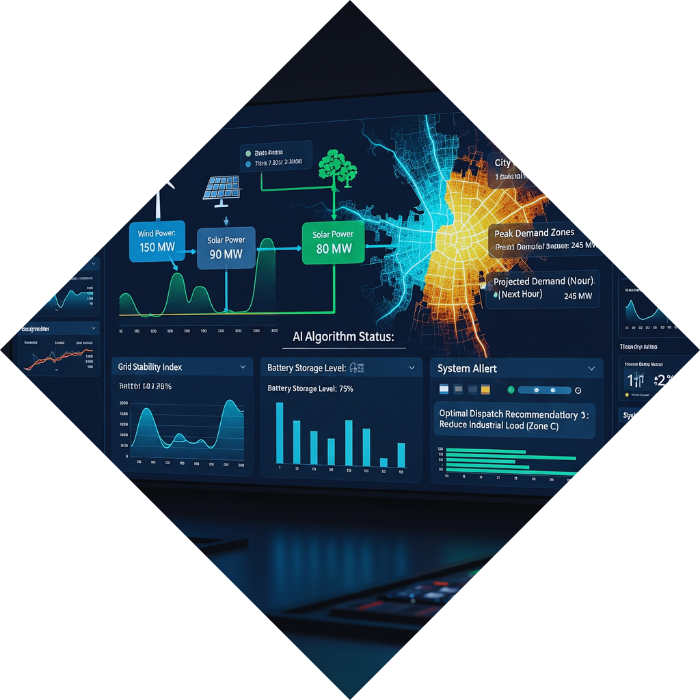
Europe’s Wind & Solar Networks
Countries like Denmark and Germany are leveraging AI for wind power forecasting. By predicting fluctuations, operators reduce reliance on fossil fuel backups, making renewables more reliable.
U.S. Microgrids
California is piloting AI-powered microgrids that integrate solar panels, batteries, and electric vehicles. These decentralized systems provide resilience during wildfires and extreme weather, preventing outages.
Benefits of AI-Enhanced Smart Grids
Efficiency Gains: Reduces transmission losses and optimizes distribution.
Sustainability: Maximizes renewable energy usage, cutting greenhouse gas emissions.
Reliability: Prevents blackouts and increases grid stability.
Consumer Empowerment: Smart meters and dynamic pricing give households control over energy usage.
Resilience: AI-powered microgrids ensure energy continuity during disasters.
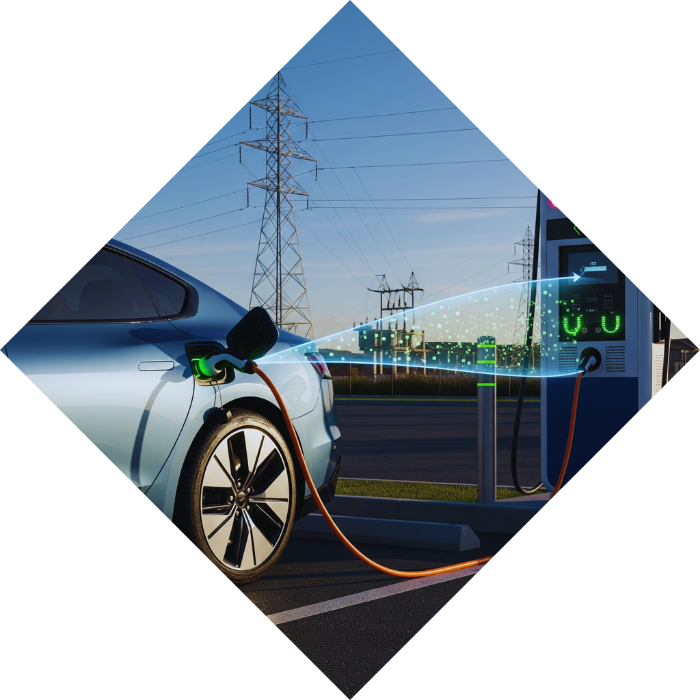
Challenges to Overcome
Despite their promise, AI-enhanced smart grids face hurdles:
Cybersecurity Risks: Smart grids are vulnerable to hacking due to increased connectivity.
Data Privacy: Smart meters collect detailed household data that must be protected.
Infrastructure Costs: Upgrading traditional grids to smart systems requires significant investment.
Interoperability: Ensuring different technologies and vendors work seamlessly is a major challenge.
Addressing these challenges will determine how fast AI-driven grids can scale globally.
The Future of AI in Renewable Energy
As energy demand rises and nations race toward net-zero goals, AI will be central to grid modernization. Future innovations may include:
Quantum AI optimization for complex energy distribution problems.
Vehicle-to-grid integration, where EVs act as mobile batteries.
AI-powered carbon accounting, helping utilities track and reduce emissions in real time.
Global energy exchanges, linking renewable grids across borders for 24/7 green energy access.
Smart grids won’t just manage power—they’ll become the nervous system of the green economy.
Conclusion
The transition to renewable energy is one of the greatest challenges of our time, and traditional grids alone cannot handle the complexity of variable supply and rising demand. AI-enhanced smart grids provide the intelligence, adaptability, and efficiency needed to stretch every watt of renewable power.
By forecasting loads, integrating renewables, detecting faults, and enabling decentralized energy markets, AI is turning power grids into living systems that learn, adapt, and grow. If the 20th century was defined by fossil-fueled growth, the 21st will be defined by intelligent, sustainable energy networks.
With smart grids as the foundation, the world can achieve its vision of clean, resilient, and equitable energy for all.

